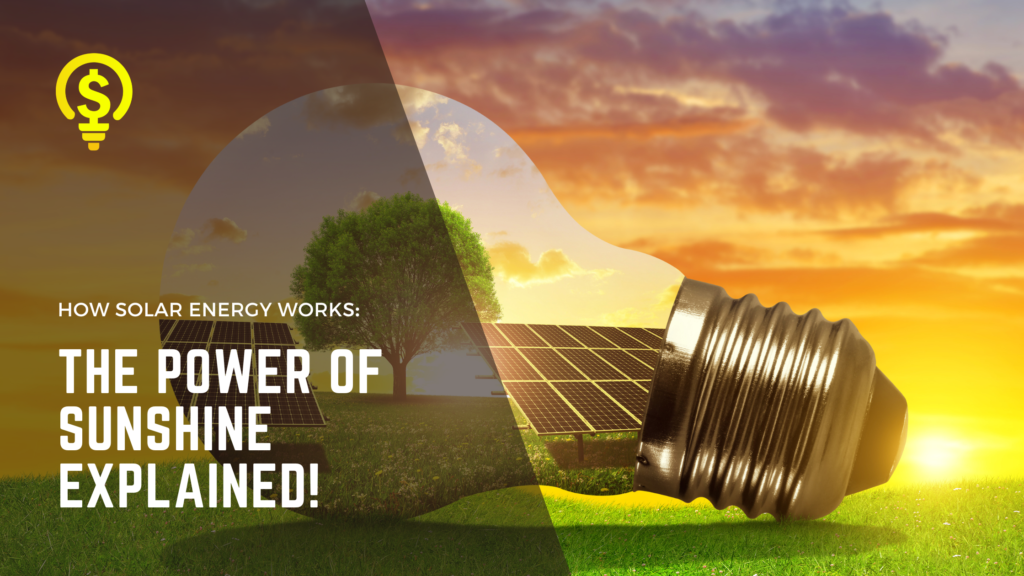
Introduction:
Have you ever wondered how we get electricity from the sun? Solar energy might seem like magic, but it’s actually pretty simple science. Let’s break down how this amazing process works and turns sunlight into the electricity that powers our gadgets, homes, and sometimes even cars!
Content:
Sunshine to Electricity: The Basics
At the heart of solar energy is the solar panel. These panels are made up of lots of smaller units called photovoltaic cells – ‘photo’ means light, and ‘voltaic’ means to do with electricity. So, these are literally light-electricity cells!
What’s a Photovoltaic Cell?
A photovoltaic (PV) cell is usually made from silicon, a material found in sand. When sunlight hits these silicon cells, it knocks electrons loose. This movement of electrons is what generates electric current.
Turning Sunlight into Power
Here’s the cool part: When the electrons start moving, they create a flow of electric current. This current is then captured and channeled by wires and contacts on the solar panel. From there, it’s like any other form of electricity and can be used to power anything from a light bulb to a refrigerator.
From Solar Panels to Your Home
The electricity that solar panels produce is called direct current (DC) electricity. Most homes and appliances use alternating current (AC) electricity. So, solar systems have a device called an inverter, which converts DC into AC, making it ready to use at home.
Why Solar Energy Rocks
Solar energy is awesome for a few reasons:
- It’s renewable, meaning as long as the sun shines, we can make electricity.
- It’s clean, producing no pollution or greenhouse gasses.
- It can reduce electricity bills – sunshine is free, after all!
Conclusion:
Solar energy is a fantastic way to harness the power of the sun to generate clean, renewable electricity. It’s a simple yet powerful process that’s becoming more and more popular as we look for ways to reduce our impact on the planet.
